Muslims in India (Volume 4)
Synopsis
For centuries Muslims have been living in the midst of Hindus and other communities and over time have become an inseparable part of the Indian society. However, the Muslim community of India has become an object of curiosity and "expert" comments are very often made on the state of Muslim society on the basis of impressions which have no scientific validity whatsoever. Evaluations, in all honesty, should be rooted in the authenticity of data on the ground realities which should be empirically verifiable. The idea behind the work, is to furnish solid and incontrovertible statistics on a number of indicators critical to an understanding of the social, economic, demographic, occupational and educational status of Muslims in India in comparision to the Hindu and other communities. It needs to be emphasized that the study absolutely rejects the idea of treating Muslims as a social isolate. The work has been so designed that the statistics, based and compiled from field survey, provide information on a whole gamut of problems, such as, social structure, household size, mother-tongue, general and age-specific sex ratio, age structure, marital status, fertility rates, work participation rates and the industrial classification of the work force, occupational structure, literary and educational levels, drop-outs and the quality of education. The underlying assumption behind this study is that for evolving any corrective mechanism and for ensuring healthy, equitous and balanced development of all sections of Indian society, it is most necessary to have data-base cross-classified by communities on all indicators of development. The study, by and large, synchronizing with the operations of the 1991 Census of India, improves upon the census report, in the sense that it is possible, with its assistance, to generate cross-classified data-at the household and community levels in a given area. It can thus be justly claimed that the present work, in ways more than one, makes a major headway on the census of India, 1991 data. This study is based on the household level data collected from Kishanganj, a class II town and headquarters of the district of the same name in Bihar, which lies in that triangle where India, Bangladesh, and Nepal meet. Territorially, it has been an area of ethnic inter-mixing and cross-cultural interaction has been the highlight of its social history. While it cannot be claimed that the sample of Kishanganj is representative of the Muslim population of Bihar, it is also true that it is not very far from it. The data were collected through a schedule which was canvassed in the town in early 1991 by local volunteers conversant with the local languages/dialects such as Maithili, Saryupari, Bengali, Santhali etc. Thus a very true and genuine picture emerges.
Read more
25.20
22.68
$
28.00 $
Free delivery Wolrdwidе in 10-18 days
Ships in 1-2 days from New Delhi
Membership for 1 Year $35.00
Get it now and save 10%
Get it now and save 10%
BECOME A MEMBER
Books by the same author


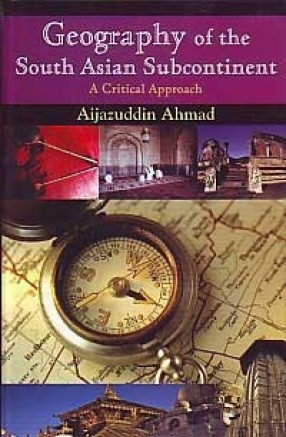
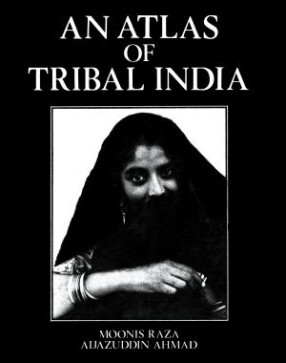
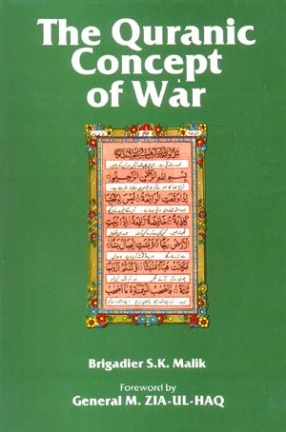
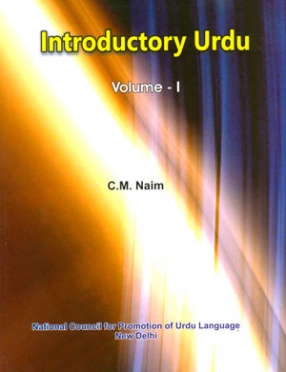
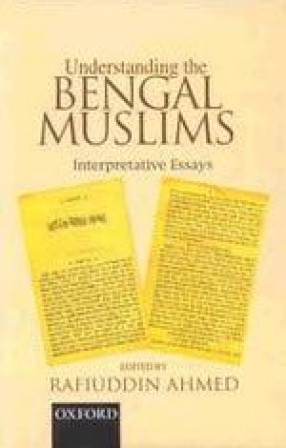

Bibliographic information